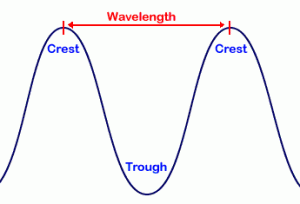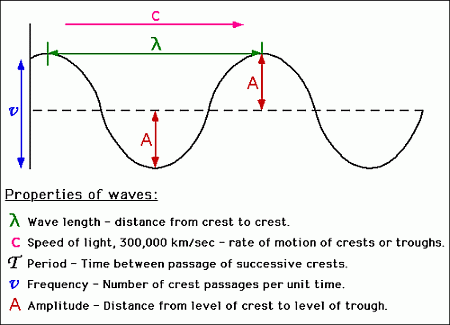(Important Topics) Physics: Properties of Electromagnetic Waves
Disclaimer: This website is NOT associated with CBSE, for official website of CBSE visit - www.cbse.gov.in

Important Topics Physics: Properties of Electromagnetic Waves
Electromagnetic waves are composed of oscillating electric and magnetic fields at right angles to each other and both are perpendicular to the direction of propagation of the wave. Electromagnetic waves differ in wavelength (or frequency).
In an electronegative wave the electric field E(vector) and the Magnetic field B(vector) oscillate perpendicular to each other and both are perpendicular to direction of propagation of wave.
The source that produce them and methods of their detection are different, but they have the following common properties :
- Electromagnetic waves are propagated by oscillating electric and magnetic fields oscillating at right angles to each other.
- Electromagnetic waves travel with a constant velocity of 3 x 108 ms-1 in vacuum.
- Electromagnetic waves are not deflected by electric or magnetic field.
- Electromagnetic waves can show interference or diffraction.
- Electromagnetic waves are transverse waves.
- Electromagnetic waves may be polarized.
- Electromagnetic waves need no medium of propagation.
The energy from the sun is received by the earth through electromagnetic
waves.

- The wavelength (λ) and the frequency (v) of electromagnetic wave is
related as
c = v λ = ω/k
The S.I. unit of frequency is Hertz.
1 Hertz = 1 c / s
The S.I. unit of wavelength is metre.
We however, often express wavelength in Angstrom unit [ Å ]
1 Å = 10-10 m
Also, 1 nanometer = l nm = 10-9 m
